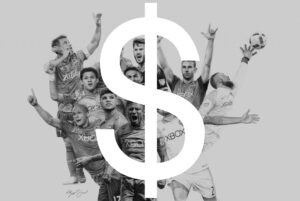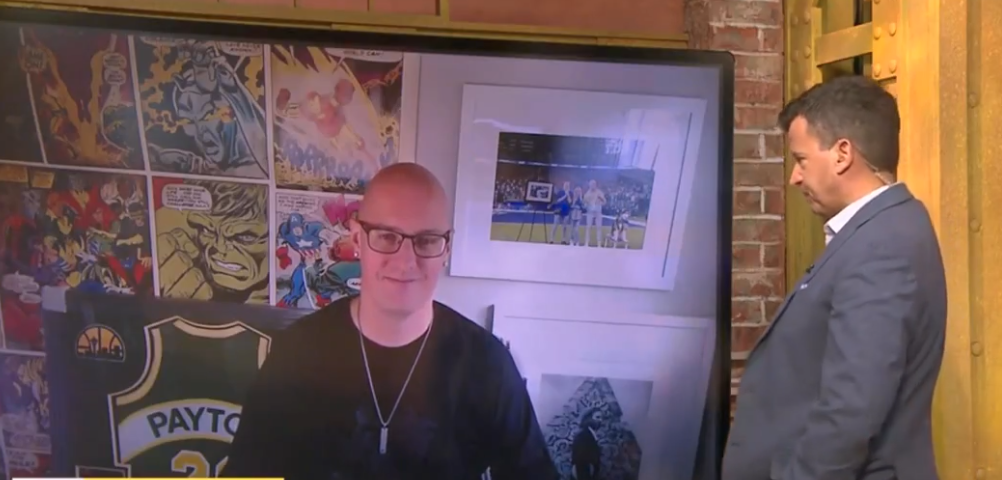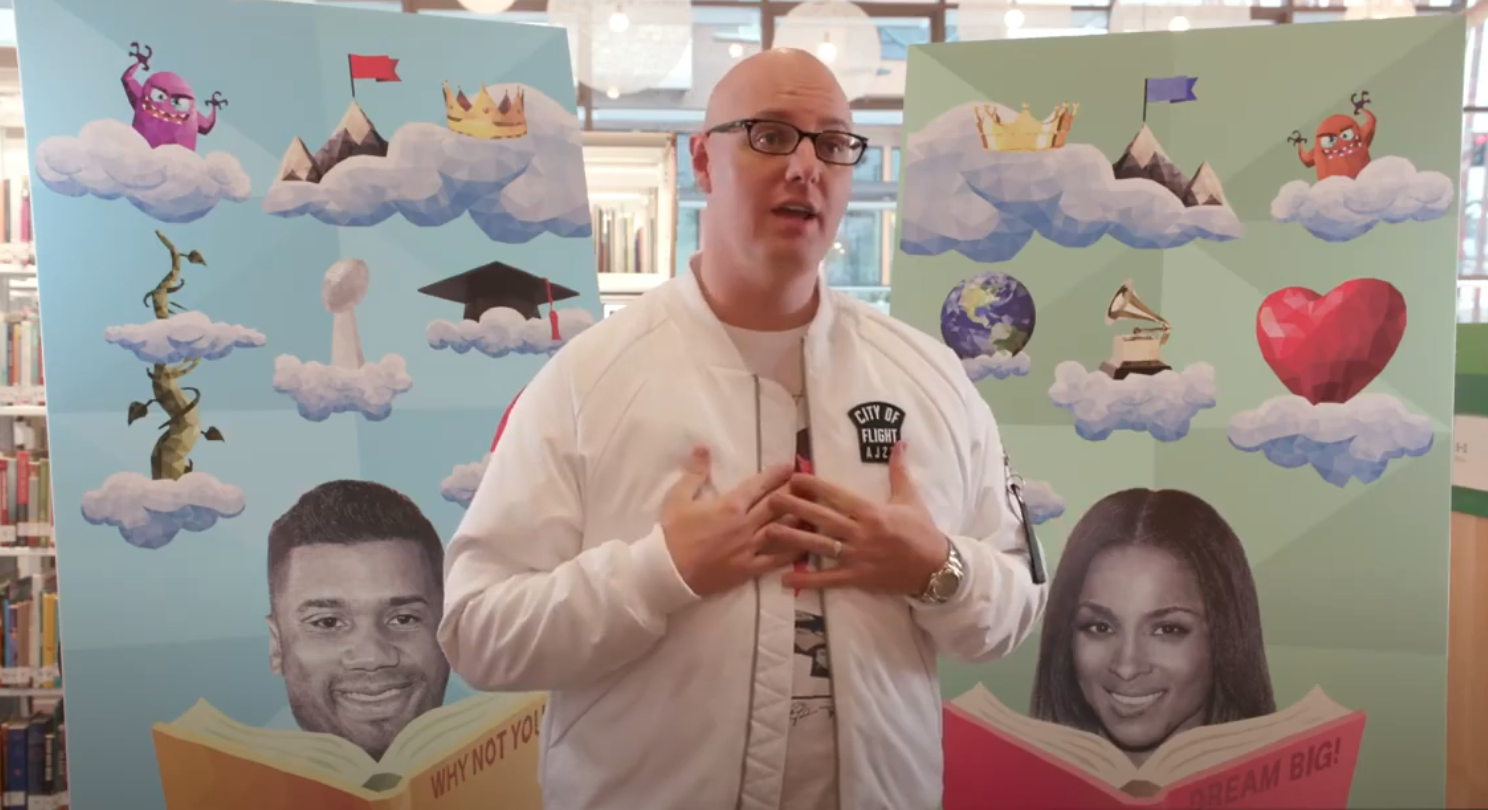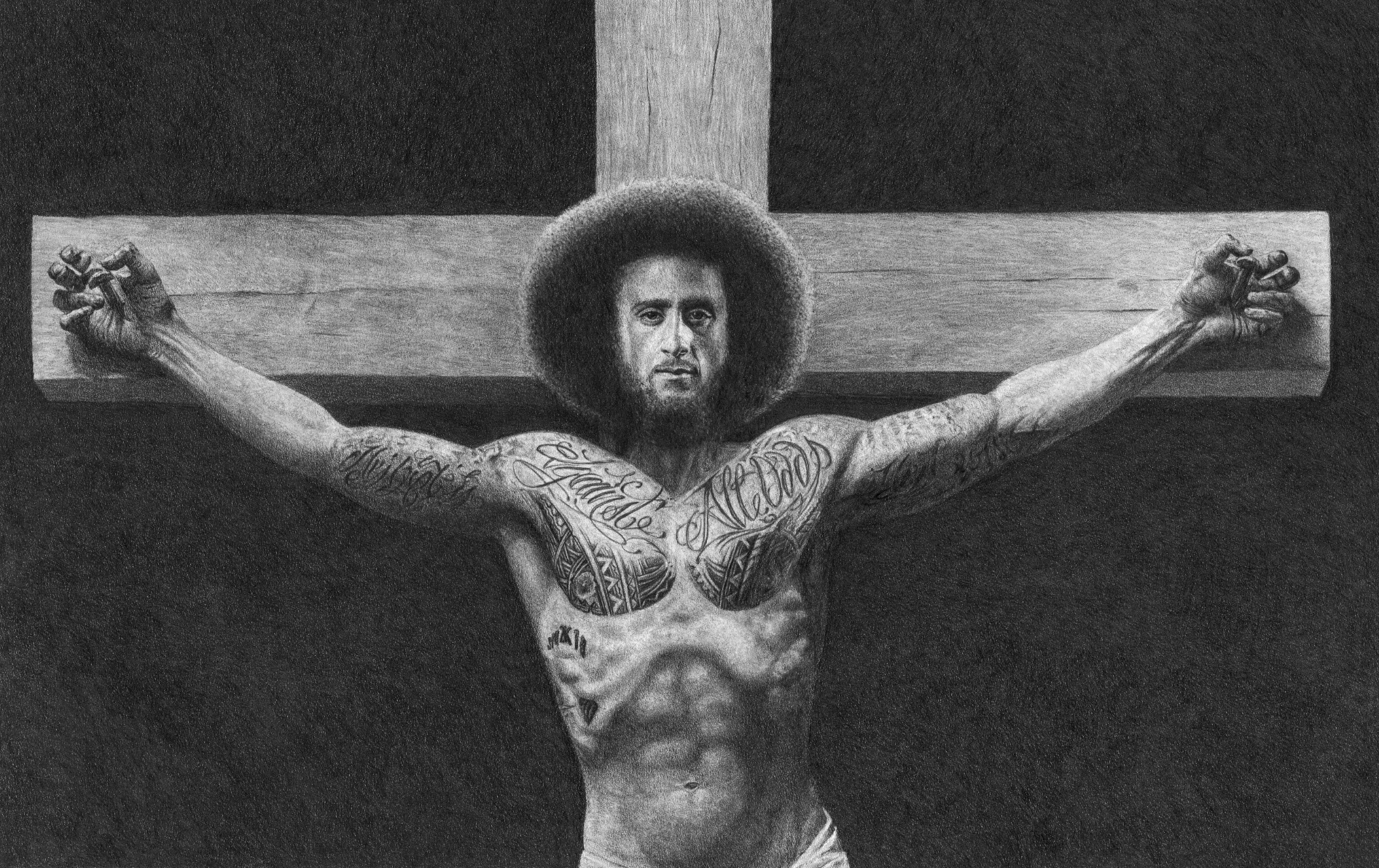Owning original artwork delivers many benefits, and people often buy originals for a variety of reasons including personal, emotional, financial, and cultural motivations. However, determining the value of artwork can be challenging. Understanding how to accurately price artwork is critical – whether you’re a collector, investor or just a fan of great art. Although many people buy original art for the mere love of the work itself, there is also another huge benefit of purchasing artwork that includes the rising value over time. By utilizing a mathematical approach to valuing artwork that takes in a variety of variables (originally developed by Frame & Flame), the assessed value and an individual piece becomes much more transparent and accurate.
The Base Price
Each piece of artwork starts with a base price that reflects three key factors including the size of the artwork, medium, and the price of the artist’s past/similar works.
The base price serves as the starting point for further adjustments.
Adjustment Factors
Here are seven key variables to consider that impact the value of artwork:
1. Artist’s Reputation: Established artists often sell their work at higher prices compared to emerging artists, largely due to their proven track record and reputation.
***Keegan’s work: As Russell Wilson said, “Keegan is one of the top artists in the world.” He has established himself as a premiere creator of hyper-realistic artwork, and has already worked with some of the biggest names in Sports, Entertainment and Business.
2. Provenance: Provenance refers to the documented history of an artwork’s ownership, detailing where it has been, who has owned it, and sometimes where it has been displayed. A well-documented provenance not only enhances the artwork’s authenticity and credibility but can also significantly increase its market value.
***Keegan’s work: Keegan has already amassed a large number of collectors and owners of his artwork include Michael Jordan, Barack Obama, Eddie Vedder, Kelly Slater, and many more.
3. Condition: The condition of an artwork typically plays a crucial role in determining its value, with pieces in pristine condition often commanding higher prices.
***Keegan’s work: since the vast majority of Keegan’s work has been created relatively recently, each piece is in pristine condition.
4. Rarity: Typically, unique artworks and pieces from limited editions tend to hold higher value due to their rarity. However, the overall desirability of the work—such as its subject matter, the artist’s prominence, and market demand—also plays a critical role in determining its worth.
***Keegan’s work: this is truly an area in which Keegan’s artwork shines. Since each piece often takes several months to create, not many original artworks are created each year which contribute significantly to the rarity of each piece. Additionally, many of his art prints are part of limited edition collections, which further increases their value.
5. Market Demand: Market demand for an artist’s work can vary over time, influencing both short-term and long-term values of their artwork.
***Keegan’s work: since Keegan returned to creating art, the demand for his artwork has been off the charts and only a handful of original pieces are available for purchase.
6. Historical Significance: The historical significance of an artist’s work can greatly enhance its cultural and financial value, often surpassing its purely aesthetic qualities. Art that reflects key historical moments, movements, or social changes tends to be more highly valued due to its role in shaping or documenting important cultural narratives. Additionally, works by artists who pioneered new styles or influenced future generations hold substantial importance in both the art world and the market, elevating their monetary worth.
***Keegan’s work: much of Keegan’s work reflects key moments in sports and much history, and many of his artworks are the centerpiece of large national/international projects. More importantly, the impact that Keegan’s artwork has made – particularly how it relates to raising money for charity – is incredibly significant. Further, there are not many realistic pencil artists that have the artistic skill and has developed such a rabid following as Keegan has.
7. Artistic Merit: Artistic merit, though subjective, plays a key role in determining an artwork’s value. Experts evaluate elements such as the artist’s technical proficiency, creativity, and how the work contributes to or fits within the broader context of art history. Art that demonstrates a high level of skill or introduces innovative techniques or ideas is often considered more valuable. Additionally, works with notable artistic merit can have greater long-term value and collectibility, as they are more likely to be recognized as important or influential over time.
***Keegan’s work: Keegan is widely regarded as one of the top hyper-realistic pencil artists today. His precision and meticulous approach to creating artwork continues to push the boundaries of what’s possible. In fact, many of his drawings like the one that depicts Michael Jordan jumping from the free throw line have been met with disbelief that such realistic details can be created with just a pencils.
The Pricing Model
Use the following formula to calculate the final price:
Final Price = Base Price * (1 + Σ(Factor Weight * Factor Score / 5))
Where:
- Factor Weight is the importance of each factor (see table below)
- Factor Score is your assessment from -5 to +5
Factor Weights

Applying the Model
- Determine your base price.
- Assess each factor and assign a score.
- Apply the formula to calculate the final price.
Example
Let’s assess the value of the original artwork created for the Seattle Sounders “Starting XI” project:
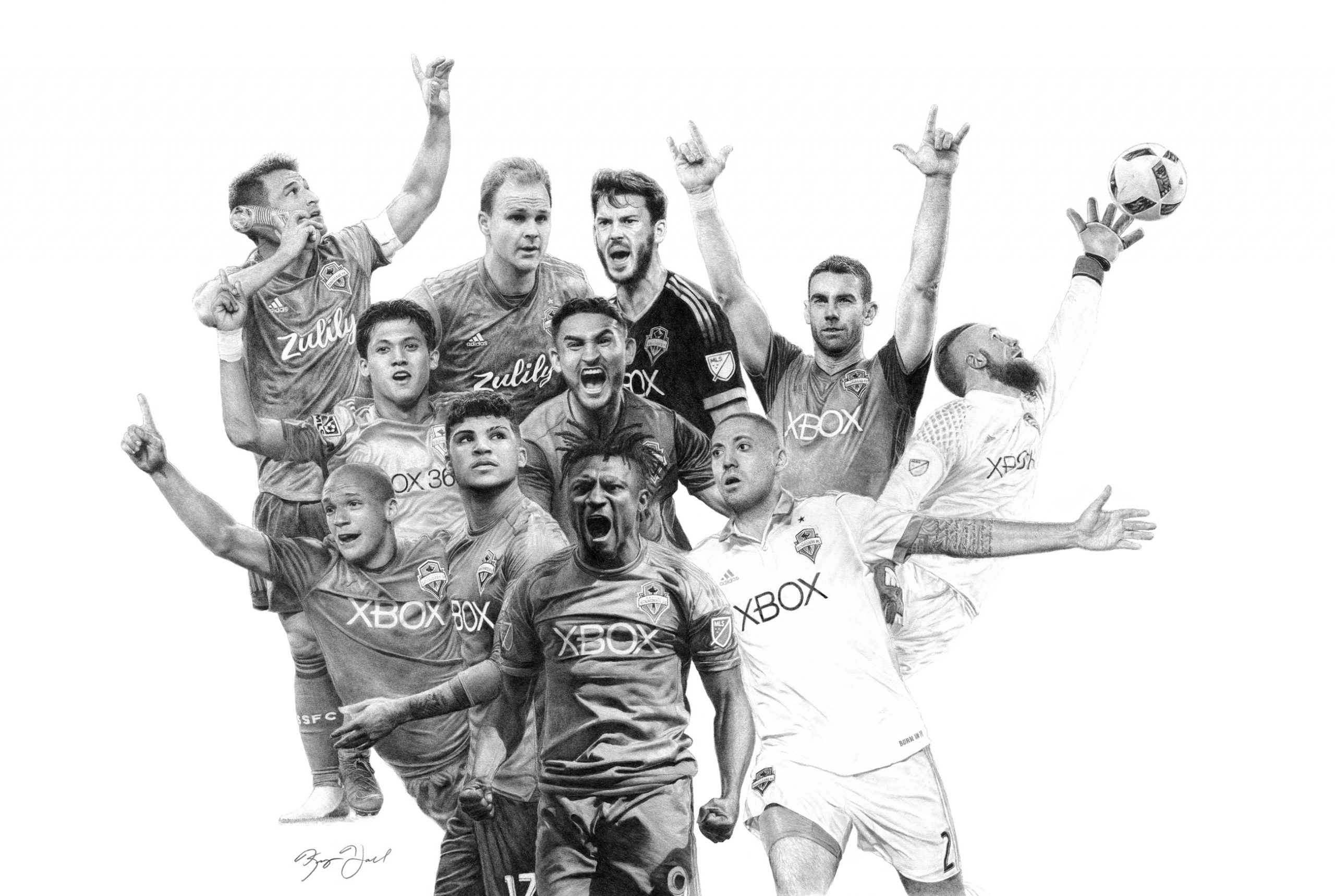
Base Price: $10,000

Applying the Formula
Final Price = Base Price * (1 + Σ(Factor Weight * Factor Score / 5))
Adjustment = 1 + (0.2 * 3/5 + 0.15 * 1/5 + 0.15 * 5/5 + 0.1 * 3/5 + 0.15 * 3/5 + 0.1 * 3/5 + 0.15 * 3/5)
= 1 + 0.12 + 0.03 + 0.15 + 0.06 + 0.09 + 0.06 + 0.09
= 1.56
Final Price: $12,000 * 1.6 = $18,000
Hopefully this approach to valuing artwork will compliment the invaluable love for the art with computational approach to ensure you’re getting the best value possible.
